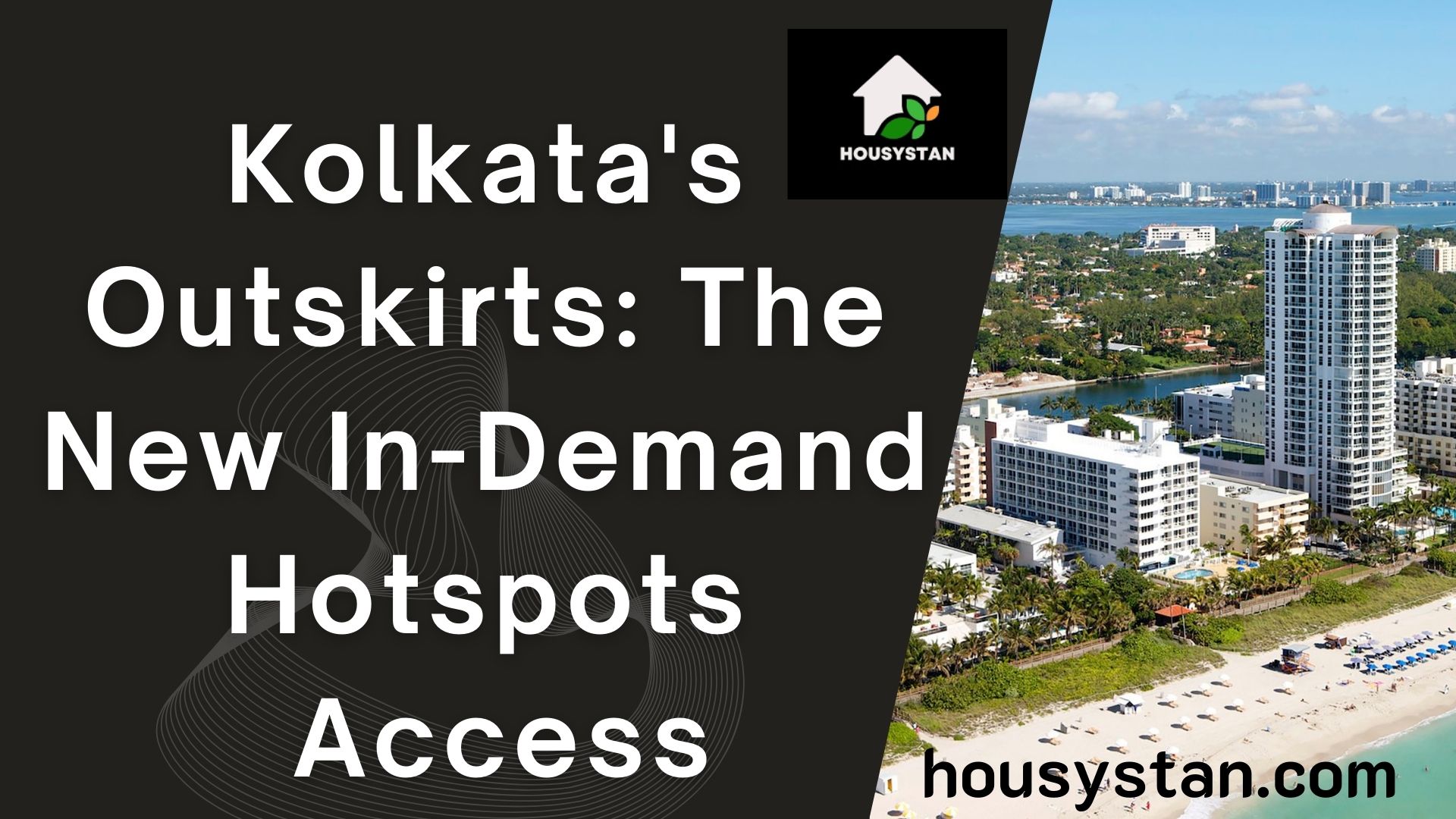Kolkata's Outskirts: The New In-Demand Hotspots
Read latest blogs and articles from Housystan

The Information mentioned here was last updated on:
11/12/2025Kolkata's Outskirts: The New In-Demand Hotspots
The city of Kolkata, renowned for its rich heritage and vibrant culture, is witnessing a dynamic shift in real estate preferences. As urban spaces become more congested and property rates soar within the city, many homebuyers and investors are turning their attention towards the outskirts of Kolkata. These suburban areas are quickly emerging as the most sought-after hotspots for both residential and commercial developments, attracting attention from across West Bengal and beyond.
Localities such as Rajarhat, Baruipur, Madhyamgram, and New Town are transforming into thriving communities, offering modern amenities, improved infrastructure, and excellent connectivity. Rajarhat, often referred to as the future of Kolkata, boasts a blend of green spaces, IT parks, and premium housing options. Its proximity to Netaji Subhas Chandra Bose International Airport and smooth access to the city center via major thoroughfares make it a preferred destination for professionals and families alike.
- Verified Tenants/Buyers
- Unlimited Property Listing
- Zero subscription/charges fee
Baruipur, located in the southern fringes, is gaining traction due to its affordable property prices and rapid infrastructural growth. The upcoming metro extension and enhanced road networks are making daily commutes more convenient, drawing the attention of those seeking budget-friendly yet well-connected living spaces.
Madhyamgram and New Town are also witnessing a surge in demand. These regions offer a harmonious blend of urban conveniences and natural tranquility, making them ideal for those seeking a balance between work and relaxation. The presence of reputed educational institutions, healthcare centers, and entertainment zones adds to their appeal, ensuring a high quality of life for residents.
The outskirts of Kolkata are also attracting significant investments from developers, leading to the rise of gated communities, luxury villas, and affordable apartments. With government initiatives supporting infrastructure development and smart city projects, these regions are set to become the next growth engines of the metropolitan area.
For those looking to invest or settle in the City of Joy, exploring the emerging hotspots on Kolkata's outskirts offers a unique opportunity to enjoy modern living, robust connectivity, and promising returns. These neighborhoods are redefining the future of real estate in Eastern India, making them the top choices for homebuyers and investors in 2024 and beyond.